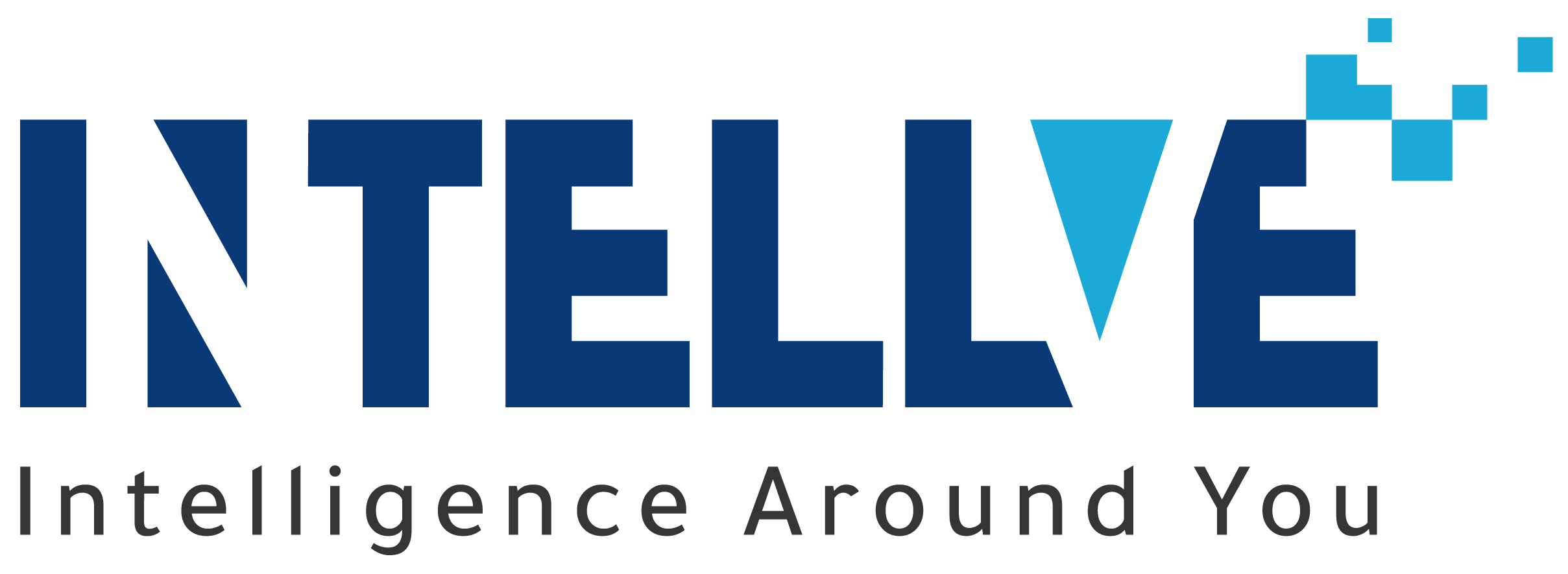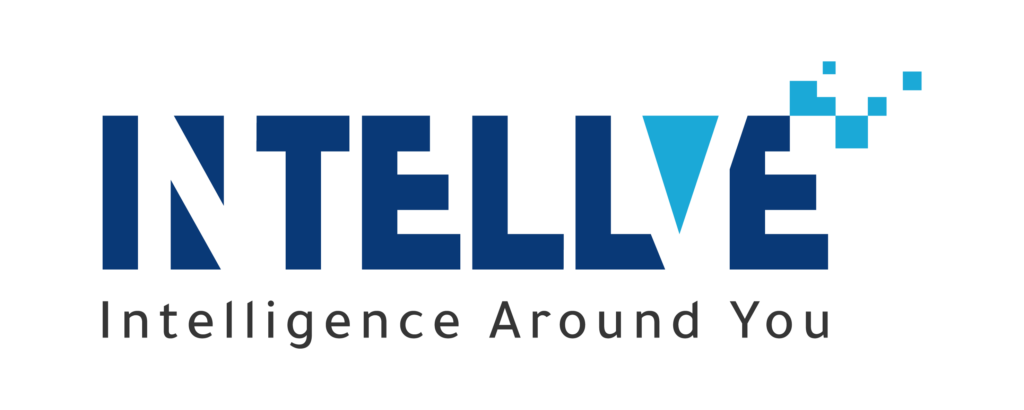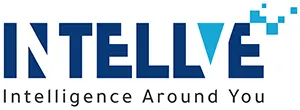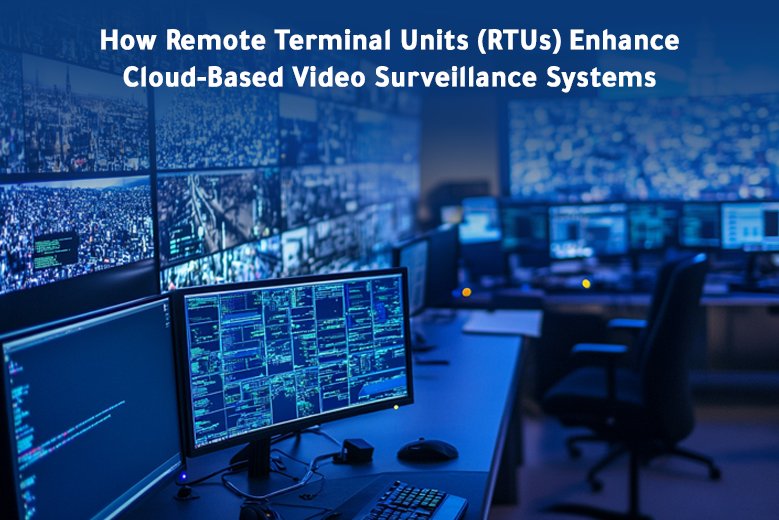An RTU (Remote Terminal Unit) is a microprocessor-controlled device that communicates with sensors and controllers at remote locations, typically used in industrial and utility automation systems. RTUs collect real-time data and transmit it to a central system, enabling remote monitoring and control of various parameters like power, water, gas, environmental factors, or even security operations in Cloud Video Surveillance systems.
In the MonitoringHub platform, RTUs are integrated to provide:
- Real-time remote equipment monitoring
- Triggered alerts and automation responses
- Health monitoring of critical field devices
- Video verification through camera association
- Enhanced control over distributed infrastructure (e.g., substations, pump stations)
Today, the chain is stronger, thanks in large part to intelligent edge devices known as remote terminal units.
Curious about how that little metal box keeps video flowing when Wi-Fi drops or lightning strikes the pole? Let’s unpack the essentials, no fluff, just straight talk.
Understanding Remote Terminal Units (RTUs): The Backbone of Remote Monitoring and Control
In today’s interconnected industrial landscape, real-time monitoring and control are no longer luxuries—they’re necessities. That’s where Remote Terminal Units (RTUs) come into play. These rugged, intelligent devices act as the bridge between field equipment and central control systems, ensuring that critical operations run smoothly, even in the most remote locations.
What is a Remote Terminal Unit (RTU)?
An RTU is an industrial automation device designed to monitor and control equipment from a distance. By gathering data from sensors and transmitting it to a central system—like SCADA (Supervisory Control and Data Acquisition)—RTUs make it possible to oversee complex processes without being physically on-site.
At their core, RTUs:
- Monitor and control remote equipment
- Collect and transmit sensor data such as temperature, pressure, or flow rate
- Interface between field devices and central platforms (SCADA, DCS, or cloud-based systems)
Key Components of an RTU
While their design may vary depending on the application, most RTUs include:
- Microprocessor for processing data
- I/O modules to connect with sensors and actuators
- Communication interfaces for data transmission
- Power supply to ensure continuous operation
- Memory for storing data and configurations
Industrial Applications of RTUs
RTUs are used across a wide range of industries where remote visibility and control are crucial:
- Power Systems – Monitor voltage, transformers, and load balancing in grids and substations.
- Oil & Gas – Track wellhead conditions, pipeline integrity, and storage tank levels.
- Water & Wastewater – Measure water levels, flow rates, and chemical dosing in treatment facilities.
- Environmental Monitoring – Collect data on air quality, water quality, and weather conditions.
- Smart Cities – Oversee traffic systems, street lighting, and parking facilities.
- Smart Grids – Enable real-time electricity distribution monitoring and optimization.
- Agriculture & Renewable Energy – Manage irrigation, solar farms, and wind turbine operations.
Why RTUs are Essential in SCADA Systems
In SCADA networks, RTUs are the remote eyes and hands of the operation:
- Remote Data Acquisition & Control – Send field data to operators for immediate action.
- Real-Time Insights – Provide live information to optimize performance and efficiency.
- Minimal Downtime – Support rapid troubleshooting and recovery in critical infrastructure.
Key Features that Make RTUs Reliable
- Rugged Design – Built to operate in harsh weather, extreme temperatures, and dusty conditions.
- Reliable Communication – Support for multiple protocols like Modbus, DNP3, and MQTT ensures smooth data flow.
- Scalability – Easily expandable to meet growing operational needs.
- Security – Advanced measures to safeguard data and prevent unauthorized access.
Whether it’s keeping the lights on in a city, ensuring safe water distribution, or monitoring a wind farm miles away, RTUs play a silent yet critical role in modern industrial automation. Their ability to provide accurate, real-time data—no matter how remote the location—makes them indispensable for industries aiming for efficiency, safety, and reliability.



